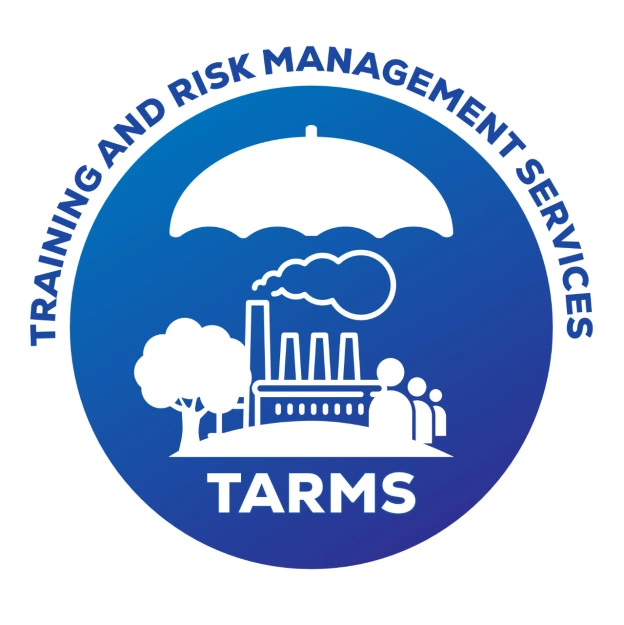
Benefits and Challenges of an Integrated Management System
An IMS can significantly enhance an organization’s ability to achieve its strategic goals by providing a streamlined, efficient, and cohesive framework for managing multiple aspects of the business.
However, successful implementation requires careful planning, strong leadership, and ongoing commitment to continuous improvement.
Here’s a comprehensive overview of benefits and chanllenges to implement IMS
Benefits of an IMS
- Improved Efficiency: By eliminating duplicate tasks, an IMS streamlines operations, reduces waste, and improves resource utilization.
- Enhanced Compliance: Ensures that all regulatory and statutory requirements are met across various domains without duplication.
- Greater Employee Engagement: Employees have a clearer understanding of their roles and responsibilities, as well as how their work contributes to the overall organizational goals.
- Cost Savings: Reduces costs associated with multiple audits, training sessions, and documentation efforts.
- Stronger Corporate Governance: Promotes a culture of accountability and transparency, improving corporate governance and stakeholder confidence.
- Better Decision Making: Integrated data and information flow enhance decision-making processes across the organization.
Challenges in Implementing IMS
- Complexity in Integration: Combining multiple systems into a single framework can be complex, requiring significant planning and change management.
- Resistance to Change: Employees and management may resist the transition from separate systems to an integrated approach.
- Resource Intensive: Initially, setting up an IMS can be resource-intensive, requiring time, effort, and investment.
- Maintaining Flexibility: An IMS may sometimes be less flexible, as it needs to cater to the diverse requirements of all integrated systems.
Steps to Implement IMS
- Gap Analysis: Conduct a detailed gap analysis to assess the current management systems against the requirements of an IMS.
- Planning: Develop a comprehensive implementation plan that includes objectives, timelines, responsibilities, and resource allocation.
- Design and Documentation: Create an integrated management system structure, including policies, procedures, and processes that align with the integrated approach.
- Training and Communication: Provide training to employees at all levels and communicate the benefits and changes associated with the IMS.
- Implementation: Roll out the IMS in phases, ensuring each part of the organization is adequately prepared and supported.
- Monitoring and Auditing: Regularly monitor the IMS’s performance, conduct internal audits, and use feedback to make continual improvements.
- Management Review: Conduct integrated management reviews to ensure the IMS is effective and aligned with organizational objectives.
Common Standards Integrated in an IMS
- ISO 9001: Quality Management System
- ISO 14001: Environmental Management System
- ISO 45001: Occupational Health and Safety Management System
- ISO 27001: Information Security Management System
- ISO 22301: Business Continuity Management System
- ISO 50001: Energy Management System
- ISO 22000: Food Safety Management System
Case Study Example
A manufacturing company might integrate its ISO 9001 (Quality), ISO 14001 (Environment), and ISO 45001 (Health and Safety) systems. This integration would involve:
- Creating a single policy document that addresses quality, environmental, and safety objectives.
- Developing shared procedures that consider quality control, environmental impact, and worker safety in each step of the manufacturing process.
- Conducting a single audit that evaluates compliance with all three standards, reducing the time and resources spent on separate audits.

